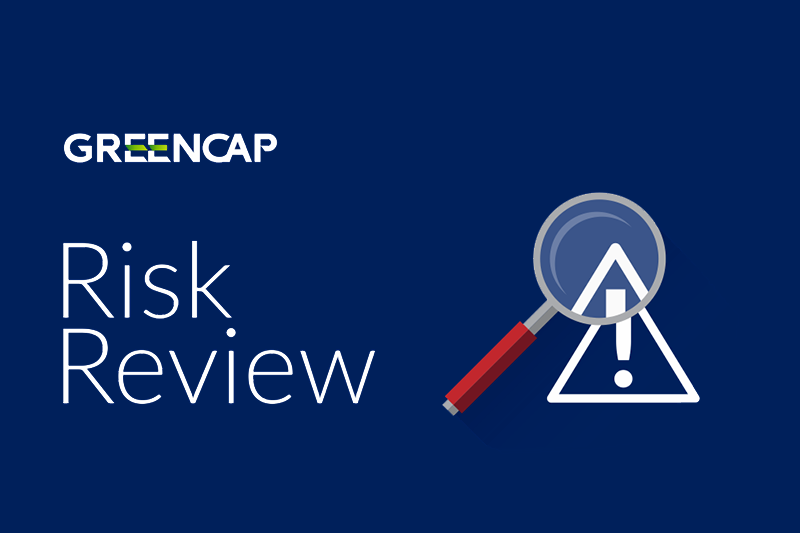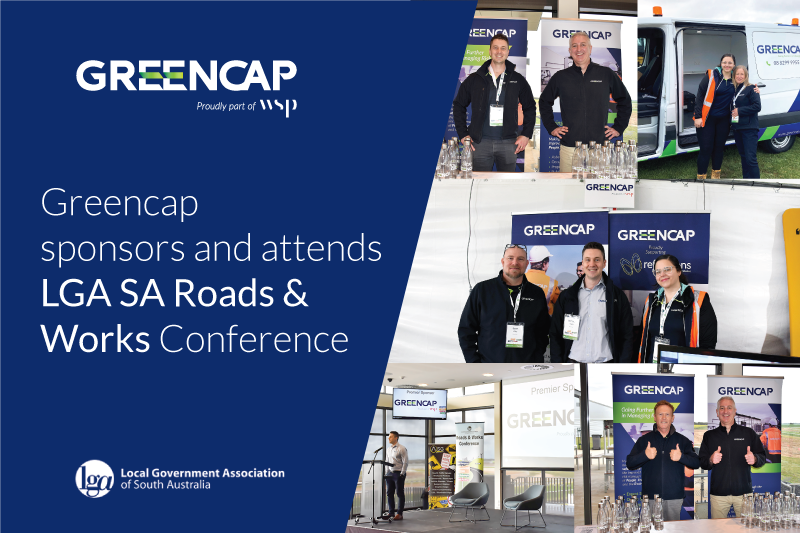News & Insights
Managing Contractor Health and Safety Risks
Using contractors to deliver services is an integral part of business management. Likewise, outsourcing of non-core business functions is increasingly common across a wide range of industries. This can include contracting anything from administrative and IT assistance to tradespeople.
Why is effective management of contractor Health and Safety risks important?
Health and safety is now an important aspect when tendering or managing contracts. Two examples illustrate this:
-
The selection criteria for tenders often requires evidence of the development and implementation of OHS systems
-
Certification of your WHSMS is a pre-requisite when tendering for government contracts above $1 million in the construction industry in NSW
Two Recent Examples
Case Study 1: Construction company fined $24,000 for working too close to power lines
A construction company which allowed a crane to operate near high-voltage power lines without carrying out the proper pre-work safety assessment has been convicted and fined $24,000.
The Melbourne Magistrates Court was told that on 27 August 2015, Imagebuild of Preston in Victoria engaged a crane operator to lift a housing display suite approximately the size of a 20-foot shipping container onto the rear of a flatbed truck in Brunswick East. The 20-tonne crane was parked directly under power lines and high-voltage tram wires.
“The risk of electrocution was high if the crane or the load had come into contact with the overhead lines. And, given the incident location on a busy street, the company had also put at risk the lives of road users and pedestrians.” Marnie Williams, Executive Director of Health and Safety, WorkSafe Victoria

Read the full article: Construction company fined $24,000 for working too close to power lines
Case Study 2: Cleanaway faces $4.5m fine under new charges
In August 2015, a recycling truck contracted to Cleanaway was manoeuvring to pick up a skip bin at Ford Motor Company’s Broadmeadows Assembly Plant in Victoria when it struck and killed a labour-hire employee.
Following a Comcare investigation, Cleanaway was charged with three breaches of Section 32 of the Commonwealth WHS Act, with each breach carrying a maximum penalty of $1.5 million.
The Director of Public Prosecutions will allege the employer failed to implement effective traffic management procedures at the Ford facility, conduct a risk assessment or use control measures like barriers or exclusion zones, the regulator revealed this afternoon.

Read the full article: Cleanaway charged over fatality
There are a large number of businesses that still believe that they can transfer their health and safety obligations by engaging contractors to do the work.
Outsourcing work, however, does not remove obligations to ensure the health and safety of contractors, or their employees and any sub-contractors. Effectively businesses have the same responsibilities to contractors as they have to their employees. This is reflected in the WHS Model Bill (Act) 2011 with the introduction of the change in reference to a worker:
A person is a worker if the person carries out work in any capacity for a person conducting a business or undertaking, including work as:
(a) an employee; or
(b) a contractor or subcontractor; or
(c) an employee of a contractor or subcontractor; or
(d) an employee of a labour hire company who has been assigned to work in the person’s business or undertaking.
Effective management of contractor health and safety risks will reduce the risk of injuries occurring and minimise exposure to litigation – while offering a better chance of completing projects on time and within budget.
Where to start
At Greencap, we recommend there are three key steps to establishing a practical approach thats ensures each party understands their health and safety responsibilities – and how to meet them.
Step 1: Review Existing Procedures and Practices
Evaluate the effectiveness of your current systems and practices in relation to preparing contract specifications, evaluating tenders and managing contractors. What are the gaps, where can your safety management practices be improved, do you know how many contractors are engaged by your business and where? The outcome of the review should be an Action Plan setting out priorities, targets and timelines.
Step 2: Update or Develop Contractor Health and Safety Management Systems
Typical contractor management documents or systems include:
-
Contractor WHS management policies and procedures
-
Standard WHS clauses to be included in tender specifications
-
Tender review checklists
-
Contractor pre-qualification programs
-
Contractor induction programs
-
Contractor health and safety performance measures
-
Contractor OHS audit or inspection protocols and programs
Step 3: Implementation
Implementing new systems or processes may be a challenge, involving:
-
Briefing managers and staff on systems to manage contractor safety
-
Training to ensure that your staff have the knowledge and skills to effectively implement or include health and safety issues when preparing tenders and contracts, engaging and managing contractors
-
Monitoring and reviewing safety performance
-
Reviewing the effectiveness of implementation and making any necessary adjustments
Greencap has assisted many organisations operating across a wide range of industries, both public and private, in managing their contractor safety risks.
Contact the Greencap WHS Team for expert advice and assistance in managing potential contractor Health and Safety risks.
The information in this material is not intended to provide, and should not be relied upon, for legal or professional advice and is subject to change.
This material provides general information only and does not take into account your particular needs or circumstances. Before making any decisions, you should assess whether this material is appropriate for you and obtain legal advice tailored to you having regard to your particular needs and circumstances.
Greencap Pty Ltd (Greencap), its officers, employees and agents believe that the information in this material and the sources on which the information is based (which may be sourced from third parties) are correct as at the date of publication. While every care has been taken in the preparation of this material, no warranty of accuracy or reliability is given and no responsibility for this information is accepted by Greencap, its officers, employees or agents. Except where contrary to law, Greencap excludes all liability for this information.
If this material contains links to third party websites, Greencap does not control and is not responsible for the information contained within these websites. None of these links imply Greencap’s support, endorsement or recommendation of any other company, product or service.



Greencap acknowledges the Traditional Owners of Country throughout Australia and recognises their continuing connection to land, waters and culture. We pay our respects to their Elders past, present and emerging.



